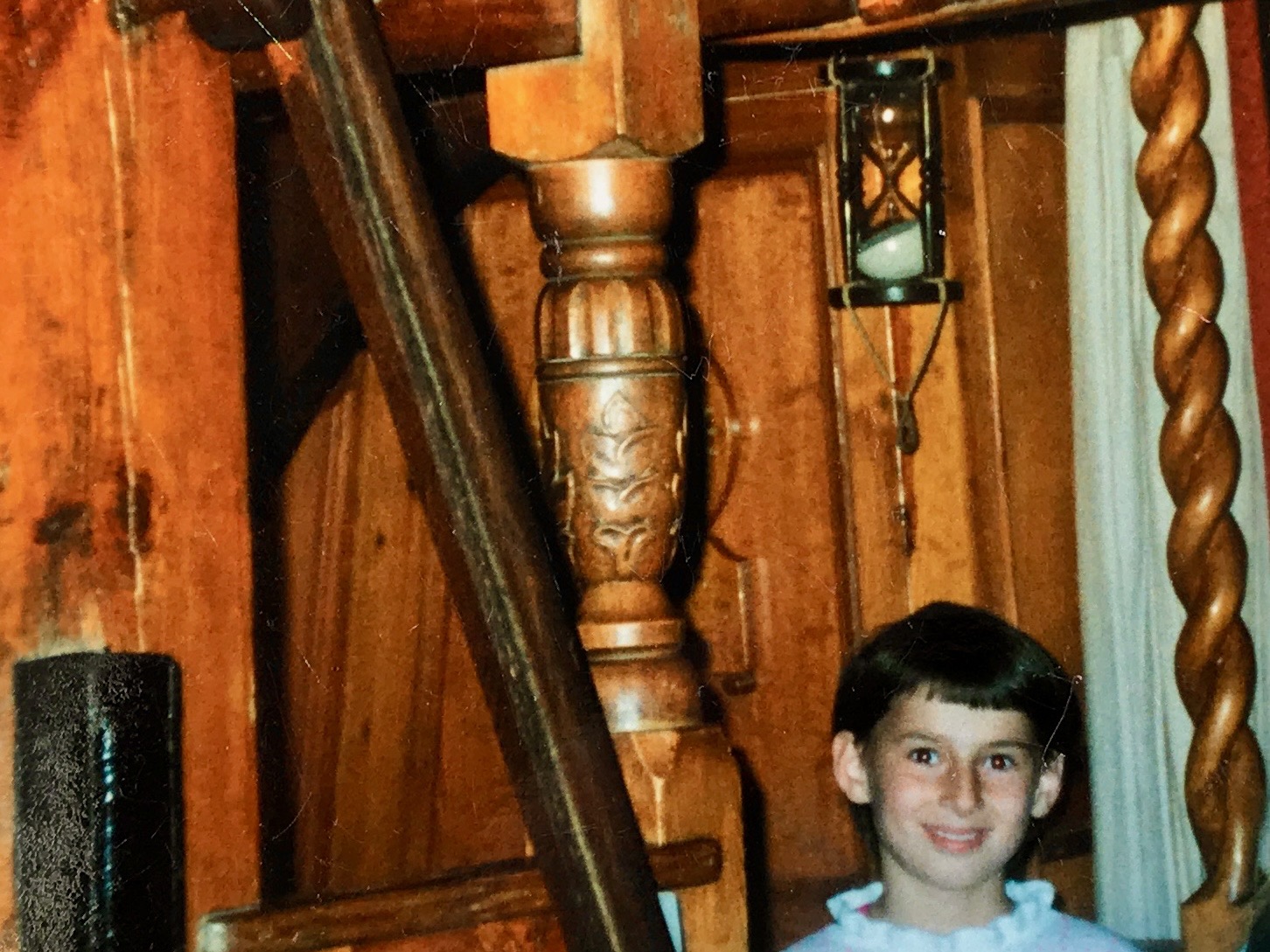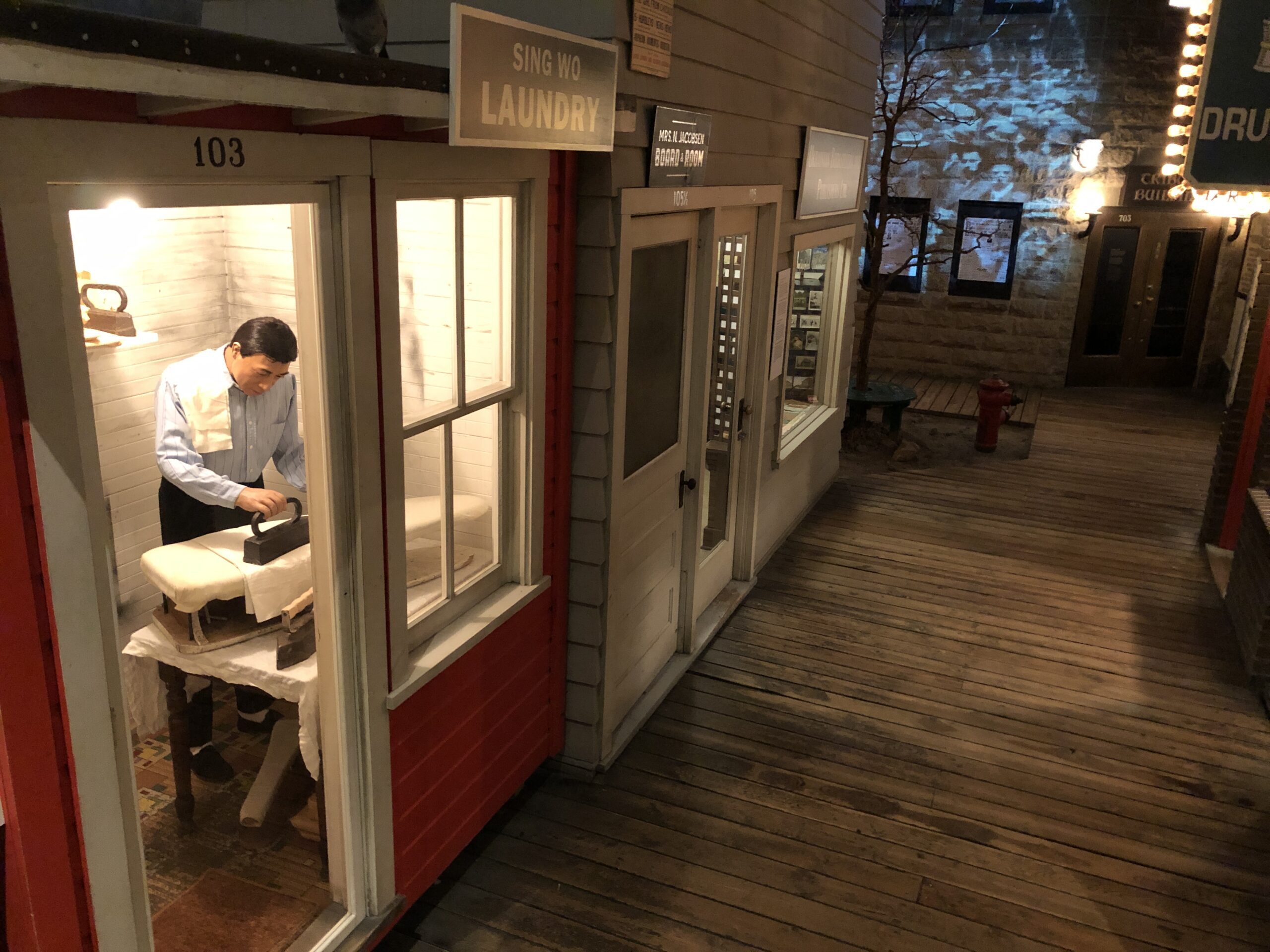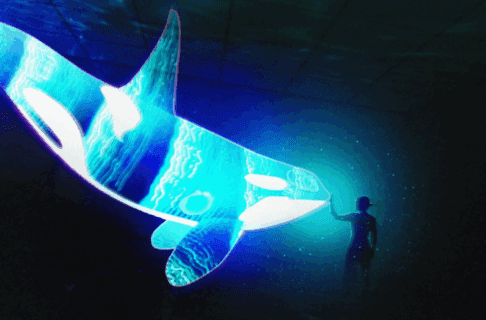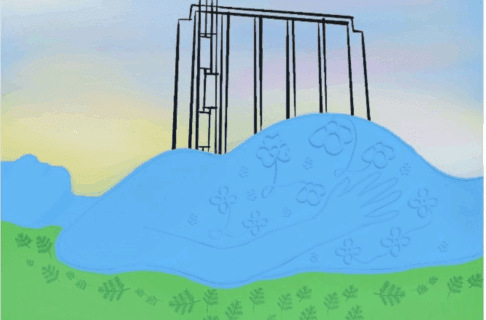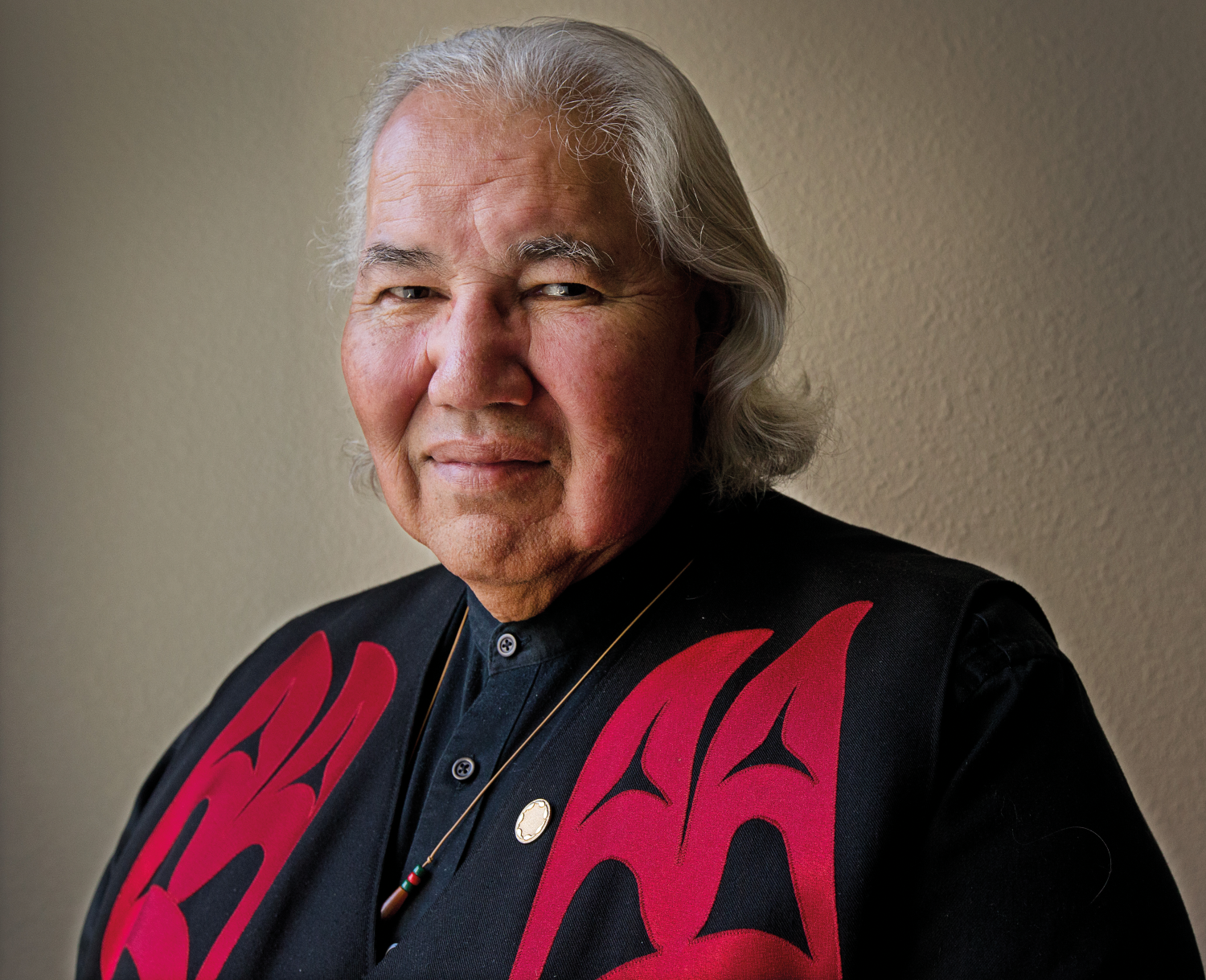Charitable giving isn’t about charity, it’s about community.
I often think back to my childhood after we arrived in Canada. It wasn’t quite as expected. Starting over in a new country, not knowing the language, struggling to make ends meet, and not having a community was very hard.
I don’t remember being poor, per se. As a child, I’m not sure I would have understood what that even meant. We had what we had.
What I do remember is how much I loved the times we went swimming at our local pool, how proud my mama was of me when I got a good grade on my English homework, how excited I was to unwrap gifts from under our little tree, and how beautiful the table looked on Christmas Eve when we sat down together to enjoy a delicious feast.
I didn’t know at the time that we only went to the pool when it was free swim time, that the people who stayed after school to help me do my homework were volunteers, that the gifts came from a hamper, and our meal from the food bank.
What I did know, is that my life was made better, easier, and more joyful because of all of those things. Because people like you, who didn’t know my family, gave of their own savings to make sure we felt welcomed, supported, and loved in our new home.
My childhood was enriched by the kindness of strangers.
Fast forward a few decades, and now I understand it all. I’ve spent the majority of my career working in community organizations; I’ve personally witnessed the joys experienced by families who receive help from strangers. And I’ve come to understand that when we give to charities, we’re actually giving to our neighbours, the kids sitting next to our own in class, the families enjoying the local pool, the visitors entering the Manitoba Museum to see their stories honoured.
So when I say, charitable giving isn’t about charity, I mean it, I lived it.
Giving to causes close to our hearts it about extending a warm hand of friendship to others, it’s about reminding them that in their moments of hardship, they are not alone.
This year, I donated to a few community organizations whose work changes lives… those who care for our houseless relatives, help Indigenous women escape violence, encourage new Canadians to rebuild their lives, rescue, rehabilitate, and release wildlife in our beautiful province, and of course to my favourite museum (😉). I gave what I could because every gift makes a difference.
I invite you to join me in giving to our community.
If you would like to support the work the Museum does as a vibrant centre of community connection, research, and learning, you can click here to give. Through the generosity of the Johnston Group, all donations made up until December 31, 2024, will be matched dollar for dollar—up to $20,000. Every donation helps us build a stronger, brighter future for our community and beyond. Thank you for being part of our journey and for supporting the Manitoba Museum’s mission to preserve, educate, and inspire!

Dorota Blumczyńska
Manitoba Museum CEO
P.S. In case I haven’t said it enough, thank you. Thank you to everyone who has helped me along the way. I will forever be grateful for your kindness.




